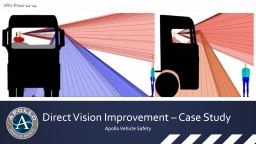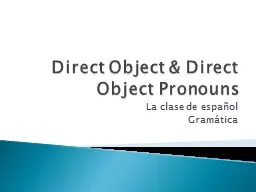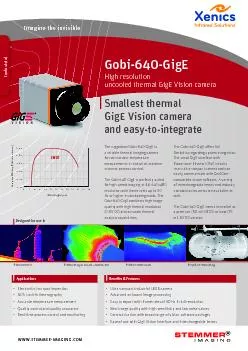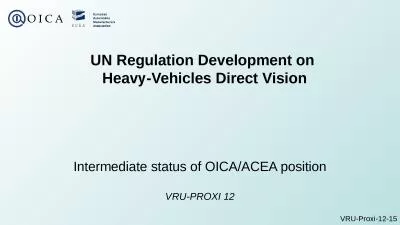PPT-Direct Vision Improvement – Case Study
Author : audrey | Published Date : 2024-01-03
Apollo Vehicle Safety VRUProxi1214 Background amp Introduction September Meeting wide range of proposed limit values Based on Loughboroughs recommendations TampE
Presentation Embed Code
Download Presentation
Download Presentation The PPT/PDF document "Direct Vision Improvement – Case Study" is the property of its rightful owner. Permission is granted to download and print the materials on this website for personal, non-commercial use only, and to display it on your personal computer provided you do not modify the materials and that you retain all copyright notices contained in the materials. By downloading content from our website, you accept the terms of this agreement.
Direct Vision Improvement – Case Study: Transcript
Download Rules Of Document
"Direct Vision Improvement – Case Study"The content belongs to its owner. You may download and print it for personal use, without modification, and keep all copyright notices. By downloading, you agree to these terms.
Related Documents














